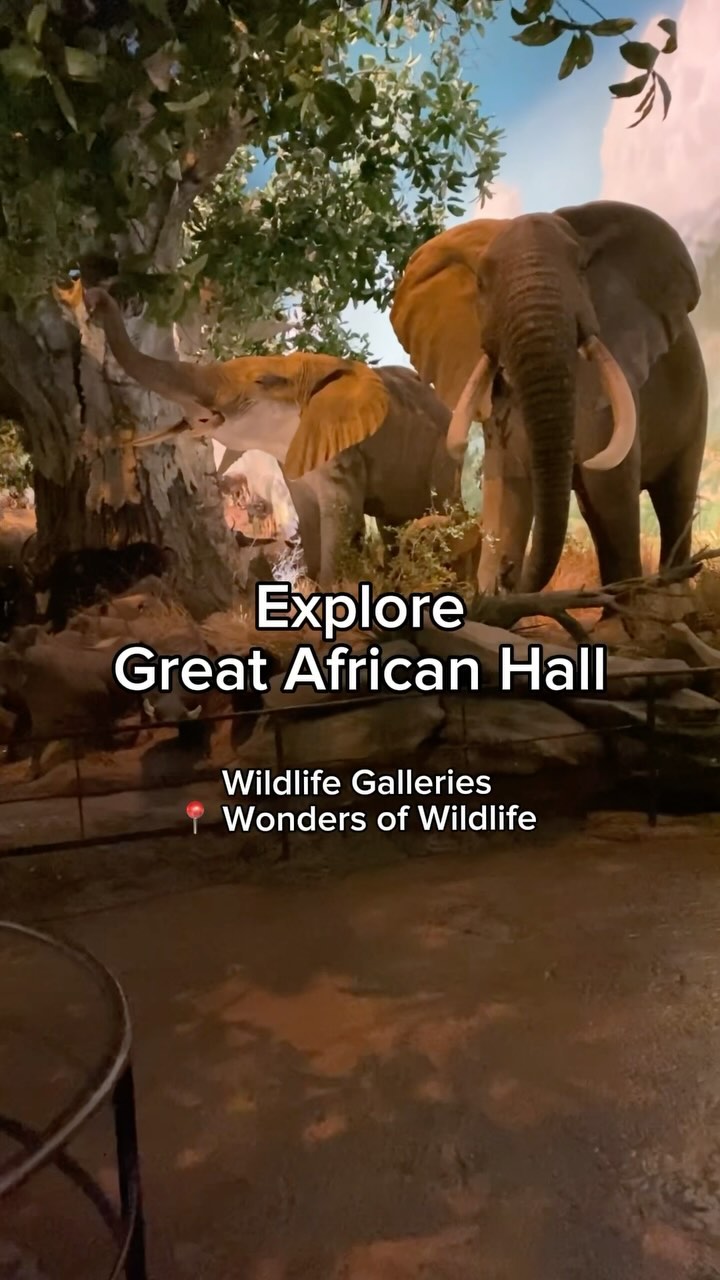– Exploring the importance of authentic habitat replication in African safari exhibits within Wildlife Galleries.
– Understanding the role of zoos in wildlife conservation and education, focusing on African safari species.
– Integrating zoological knowledge in the design and management of Wildlife Galleries to promote animal well-being and visitor engagement.
– Addressing challenges in recreating complex African safari ecosystems in a controlled environment.
– The impact of Wildlife Galleries on public perception and support for conservation efforts.
Stepping into the expansive spaces of the Wildlife Galleries, visitors are greeted by a world that mimics the natural habitats of the African safari. A careful blend of art and science has created these exhibits, designed to provide both human guests and animal inhabitants with an experience that feels genuinely wild. This journey is multifaceted, involving intricate planning and a deep commitment to conservation.
Authentic habitat replication is a cornerstone of Wildlife Galleries that feature African safari environments. Every detail, from the selection of plant species to the crafting of watering holes, serves a purpose in recreating ecosystems thousands of miles away. Experts in zoology have a crucial role in this process, advising on the typical flora and fauna of the African plains, forests, and savannas. Their input ensures that the physical structures not only look the part but also function as healthy habitats.
The primary ambition behind these Wildlife Galleries is to raise awareness about species and landscapes many may never have the chance to observe in the wild. An in-depth understanding of animal behavior, social structures, and environmental needs is critical in creating displays that educate without compromising the integrity of the living subjects. By presenting animals in settings that allow their natural behaviors to shine, galleries become powerful tools for wildlife education.
Zoo management plays a pivotal role in maintaining the delicate balance within these exhibits. Their responsibilities range from daily care and feeding to monitoring the complex interactions within the artificial ecosystems. With an overarching goal of simulating the African safari experience, these professionals are trained to identify and address any signs of stress or health issues in the exhibits’ inhabitants.
The design of Wildlife Galleries centered on African safari habitats is a colossal undertaking. Each environment replicates specific ecosystems, and the challenges are as diverse as the landscapes. The dry, arid conditions of the savanna must be balanced against the need for water for certain species. At the same time, the dense foliage of a forest requires careful lighting to mimic the dappled sunlight of the jungle canopy. These challenges demand creative solutions and a deep understanding of each habitat’s intricacies.
One significant advantage of Wildlife Galleries over most traditional zoo exhibits is their immersive nature. This immersion can radically transform public perceptions of the African safari and its residents, fostering a stronger connection between visitors and wildlife. As guests walk through these carefully crafted spaces, they are often moved by the proximity to animals that seem, in all respects, to be at home in their surroundings. This experience has a lasting impact on conservation efforts, as it compels visitors to support and protect these animals in the wild.
The role of the Wildlife Galleries extends beyond guest enjoyment to encompass global conservation efforts. The design and operation of these ecosystems reflect a broader commitment to preserving biodiversity. By closely mimicking the conditions of the African safari, these galleries serve as potential sites for breeding programs for endangered species, research on animal behaviors, and studies that can inform wildlife management practices in native habitats.
As we navigate through the Wildlife Galleries, the authenticity of the African safari experience is not only aesthetically pleasing but also a testament to the rigorous work of countless individuals dedicated to wildlife preservation. The gallery benchmarks how controlled environments can contribute to the broader conservation narrative. It is a space that demonstrates the possibility of coexistence between human recreation and wildlife protection.
In sum, Wildlife Galleries featuring African safari habitats offer visitors a chance to journey into the continent’s wilderness’s heart without leaving the exhibit’s confines. Through meticulous planning, innovative design, and unwavering dedication to animal welfare, these spaces provide compelling educational insights while serving as vital components in conserving some of the world’s most treasured species. As we invest our time and resources in these artificial yet lifelike habitats, we are reminded of our responsibility to protect the irreplaceable wonders of the natural world.
*****
Source Description
Become immersed in the habitats of an African safari as you continue your journey through the Wildlife Galleries.

